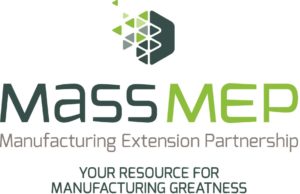Manufacturing Month” is the month of October each year to celebrate the world of “making things.” Who doesn’t like to create things with their hands? Who doesn’t like to see something or have an idea and make it even more than what it is? Who doesn’t like to see something created from nothing or make something that solves a problem? All this makes up the world of manufacturing and the world of “makers.”
“The average manufacturing wage in Maine is $53,924, which is 32 percent higher than all industries in Maine.”
Manufacturing in Maine plays a critical role in the lives of our citizens and communities, as well as in the operation of businesses. Maine is home to approximately 1,800 manufacturing business establishments and annually, the manufacturing industry in Maine realizes over $5.6 billion dollars in GDP, equaling 10 percent of the state’s total GDP.
Manufacturing provides more than 50,600 jobs statewide with a payroll of approximately $2.7 billion, accounting for 13 percent of statewide wages paid.
The average manufacturing wage in Maine is $53,924, which is 32 percent higher than all industries in Maine.
Manufacturing in Maine plays a vital role in the United States and globally in military and defense, aerospace, metal, paper, marine & boat building, semi-conductor, wood, textile, aquaculture, biotech, medical device, electronics, RF and wireless communications, plastics, composites and bioplastics, studio and food manufacturing.
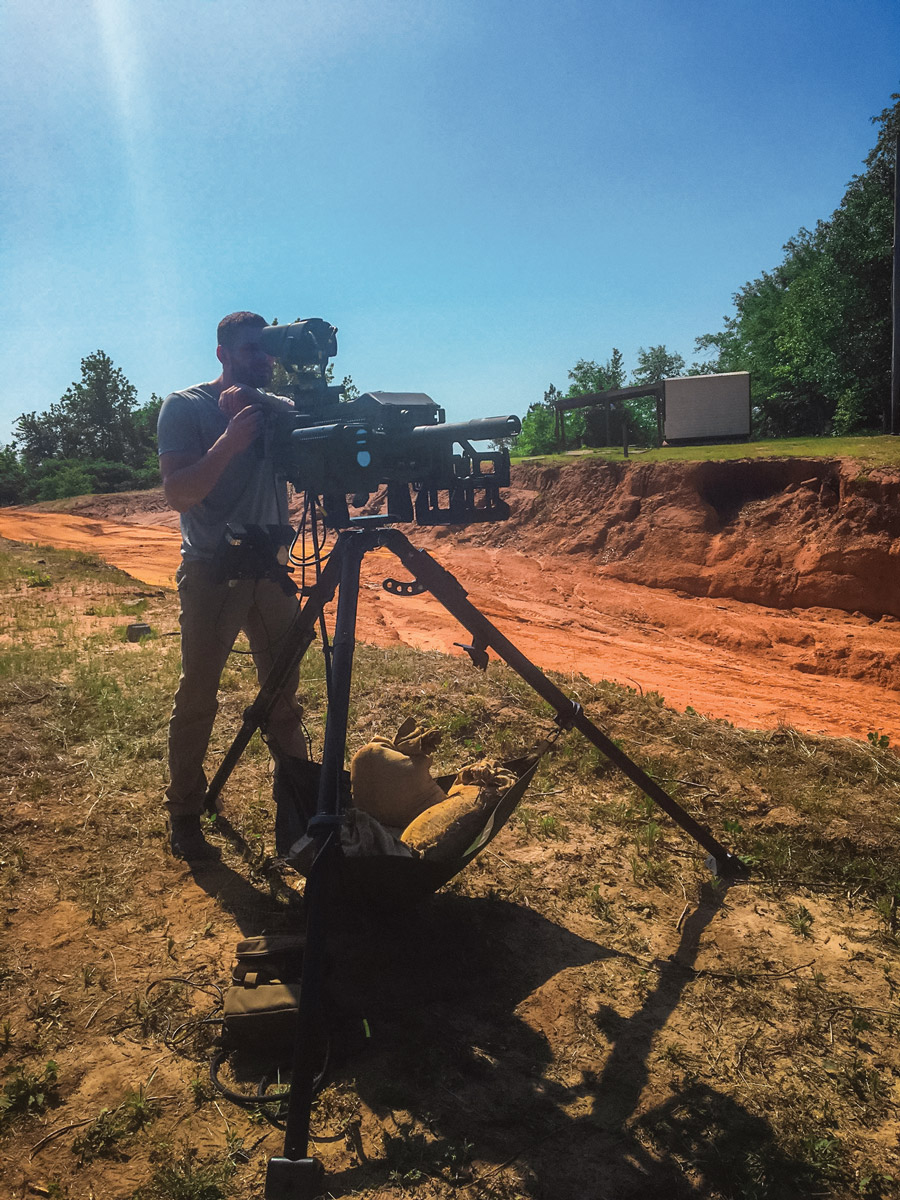
Maine native and U.S. Army non-commissioned officer Michael Thibault at work at American Rheinmetall Systems
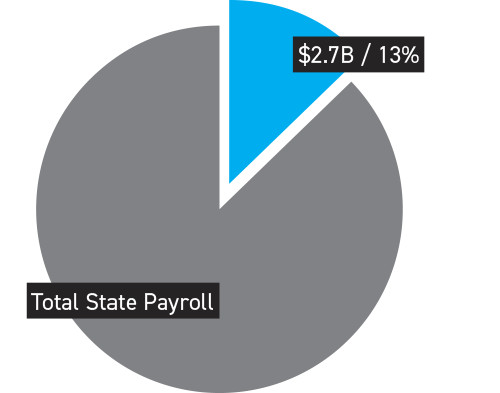
Manufacturing in Maine Creates 50,600 jobs statewide, representing a payroll of approximately $2.7B, or 13% of the entire state’s payroll
The Manufacturers Association of Maine gathers companies from all manufacturing sectors with their respective trade associations to collect their ideas on top issues and challenges and a recommended plan of action. The goal is to leverage the strengths of these organizations, avoid duplication of effort, and promote a coordinated manufacturing support strategy.
For several years, the annual manufacturing summit has produced a report indicating where the manufacturing sector stands on areas of concerns and resolutions. For several years running, workforce availability, energy and the cost of doing business in Maine ranks at the top.
What are the current manufacturing business challenges in 2017? Forty four percent of the responding manufacturers said attracting and retaining a skilled workforce; 28 percent said rising health care cost and 28 percent said an unfavorable business climate.
The report shows 100 percent of the responding Maine manufacturers said access to a skilled workforce was a key issue. The association continues to have some impact on these issues with our student outreach and robotics programs, but more resources and capacity still needs to be addressed. Specially, the need for a coordinated industry led workforce strategy that is coordinated through the industry intermediaries, partially funding by the state and by industry and implemented with the existing service provider system to provide services as required/requested. If the Maine workforce system could do one thing to help your business, what would it be? The respondents (63 percent) said Maine needs to address the disconnect between industry needs and training. The industry sees both a need to address the allowable wages and focus on what programs and services are available to industry. Industry members say they do not have a clear understanding or knowledge of what programs and funding are available to them for training. Most often, the training funds do not align with the training needs of companies.
Is energy a concern to manufacturers? Since manufacturing uses an extremely high amount of energy to manufacturer products, two thirds of responding manufacturers continue to see energy costs as major concern of doing business in Maine.
We also look at input on whether companies believe Maine is committed to developing pro-growth policies for manufacturing. Not surprisingly, 63 percent said no, the legislature is not in tune with the challenges, issues and needs of manufacturers.
As we work to promote careers in manufacturing, we must have policies supporting the growth of this sector in Maine. In our final question, we asked if the Maine legislature could do one thing to help their businesses, what would that be? Sixty-six percent said the priority should be tax policies to help manufacturing.
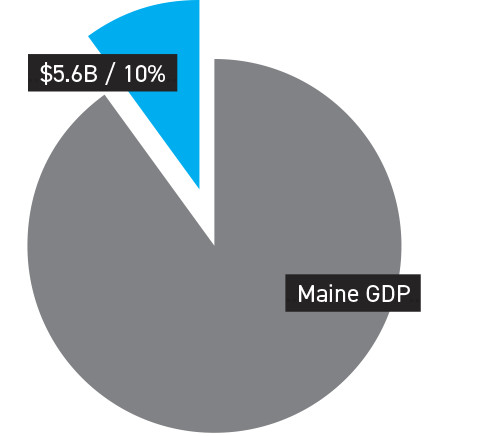
Manufacturing in Maine Accounts for $5.6B annually, or 10% of the state’s total GDP
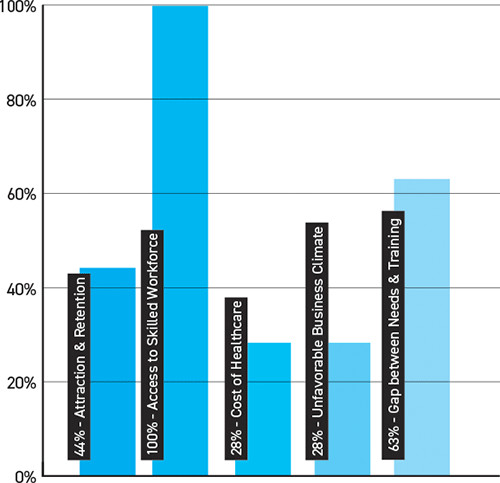
Manufacturing workforce challenges in 2017, as according to survey respondents
“If Maine can work together to form sound policies for workforce development, energy and tax reform, our efforts to promote and grow manufacturing would be aligned to create an environment where people, communities and businesses would thrive.”
If Maine can work together to form sound policies for workforce development, energy and tax reform, our efforts to promote and grow manufacturing would be aligned to create an environment where people, communities and businesses would thrive. ■

